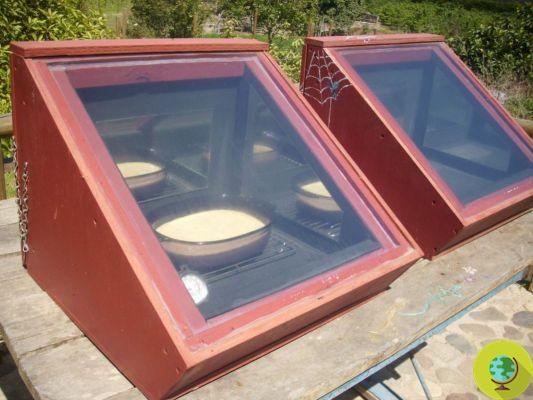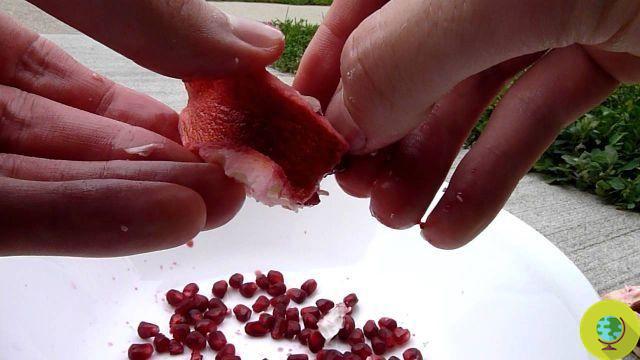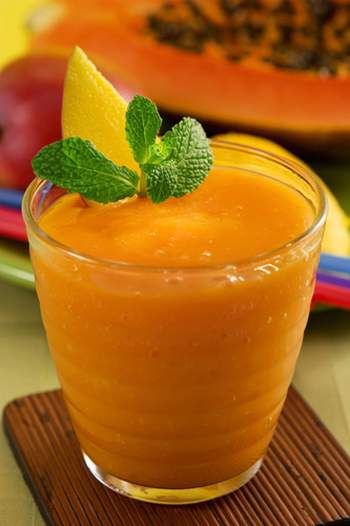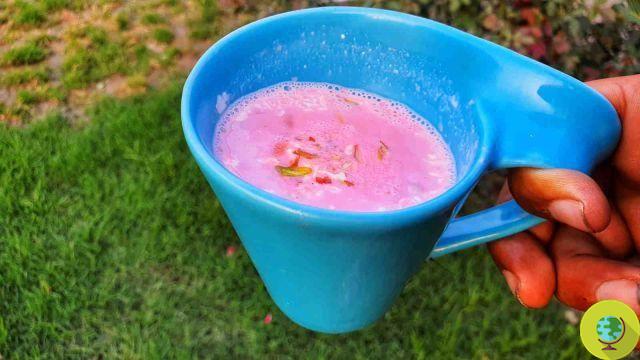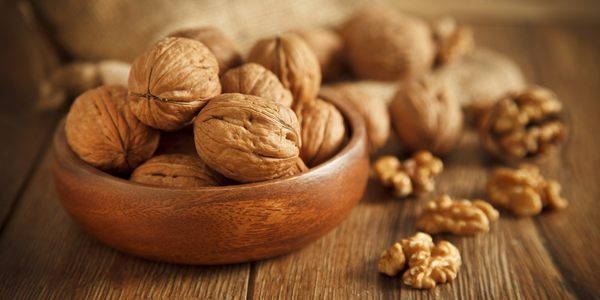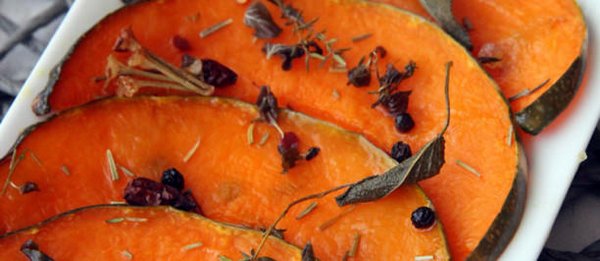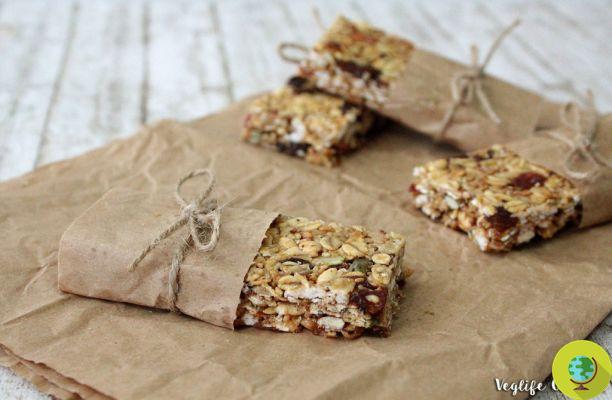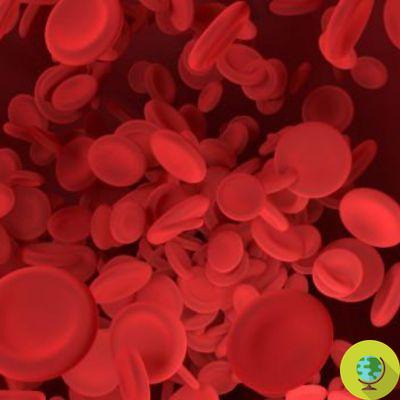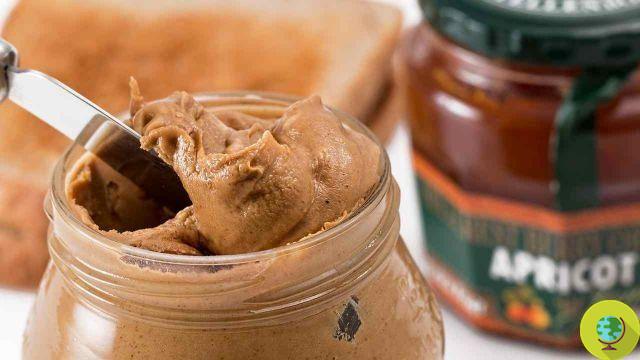Agar agar is a gelling substance of natural origin that is obtained from some red algae and which has a very delicate flavor. This feature makes it suitable for different types of both sweet and savory preparations.
Don't store avocado like this: it's dangerousTHEagar it is a gelling substance of natural origin that is obtained from some seaweed and which has a very delicate flavor. This feature makes it suitable for different types of both sweet and savory preparations.
Index
WHAT IS AGAR AGAR
Also known in Japan as kanten, agar agar is nothing more than a mix of red algae. It is a polysaccharide with a high content of mucilage and carrageenan capable of transforming liquids into jelly, a feature that makes it particularly useful in the kitchen.
It is made using the gelatinous part of red algae of the Rodoficee family (among these the Gelidium, the Gracilaria and the Euchema). To prepare the agar agar, the algae are boiled in water and other substances and then dried. The procedure serves to make it lose its color but above all the typical aftertaste of algae.
Read also: AGAR AGAR: VEGETABLE JELLY FROM ALGAE. ownership, USES AND WHERE TO FIND IT
AGAR AGAR AS A SUBSTITUTE FOR ANIMAL JELLY
Not everyone knows that the industrial jellies that are commonly found on the market to be used in the preparation of sweets or savory recipes are not of vegetable origin, but of animal origin. The preparation that is called "isinglass" contains among its ingredients substances of animal origin such as bovine cartilage and pork rind. In this regard, attention should also be paid to the ingredients contained in gummy candies intended for children, often rich in jellies of animal origin, as well as dyes, preservatives and waxy coatings.
Un possible completely vegetable substitute for industrial jellies of animal origin it is agar agar that is quick to prepare and just as effective.
OWNERSHIP OF AGAR AGAR
They are attributed to agar agar laxative and purifying properties. This mix of red algae appears to be able to activate the processes of elimination of toxins within the body. In Japan it has been used for centuries mainly because of slimming properties which boasts, so much so that in the Land of the Rising Sun a diet based on foods prepared with the use of this gelling seaweed extract would have been devised.
In the East it is also considered a valid aid to combat diabetes and for promote intestinal regularity. The laxative properties of the agar agar and in part its ability to promote weight loss appease the sense of hunger in case of excessive appetite. The effect of form a gel in the stomach would explain the ability to increase the sense of satiety.
It is also considered a suitable adjuvant to improve constipation situations. As for its nutritional content, agar agar has calcium, iron and vitamins of groups A, B, C, E and K, compared to a reduced caloric intake.
Finally, it is a naturally gluten-free product.
In summary, agar agar is a natural substance that also boasts some properties:
• Laxative
• Depurative
• Slimming
• Promotes intestinal regularity
• Quench the feeling of hunger
• Contains vitamins and minerals
• It is gluten-free
CALORIE AGAR AGAR
The agar agar practically does not add calories to the preparations, it is in fact a product that supplies 26 calories per 100 grams and which is used in small doses. We also remember that it does not contain fat.
TYPOLOGIES IN AGAR
On sale you will find agar agar in different forms: in powder, thread or flakes to be used for the preparation of coverings for pies, puddings, fruit and vegetable aspic, jams and marmalades, vegetable "cheeses" and any other preparation that requires the use of a gelling agent.
The flakes and the file on agar they are obtained simply by extraction from algae. They represent the more natural version but at the same time the least gelling. It will therefore be necessary to use a greater quantity of it than the powder version, for which a further processing process is carried out, which contributes to making its gelling power more effective. L'agar agar in polvere it is however completely natural and vegetal, but it turns out more concentrated.
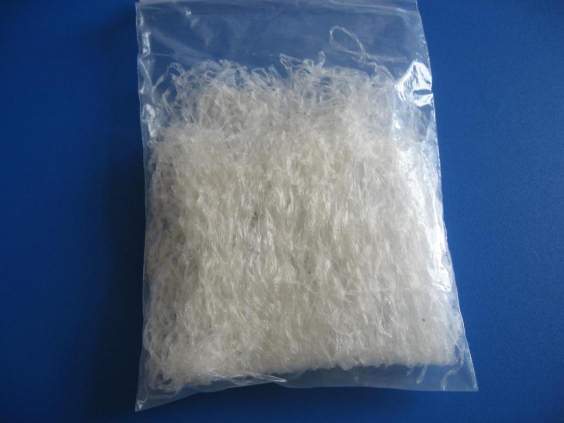
In summary it is possible to find agar agar in:
• Dust
• Fili
• Flakes
WHERE TO FIND AGAR AGAR
Agar agar is still a very niche product and it is really difficult to find it in common supermarkets. Instead, it is available in organic shops, natural food online shops and herbalists well supplied. Other points of sale where it is possible to find agar agar are the shops that deal with products of oriental origin or suitable for those who follow a macrobiotic diet.
DOSAGE OF AGAR AGAR
Generally 2 g of agar agar I'm able to gel 500 ml of liquid or 500 grams of jam or jam. In any case, always refer to the quantities and procedures recommended on the package.
HOW TO USE IT
Regardless of whether you have agar agar powder, threads or flakes, it it must be poured into boiling liquids (such as water, fruit juices, vegetable milk for the homemade preparation of puddings and vegan "cheeses" or jams in progress) and left to cook, stirring for a couple of minutes. The agar agar gels at a temperature between 35 and 40 degrees. Therefore the appearance of the gelatine will occur when the liquid is placed back to cool and has almost reached room temperature.
If agar agar is used for the preparation of jellies for pies, the liquid obtained must be poured on the fruit before it solidifies completely. The jelly will complete its formation later. Puddings, aspic, pies and other preparations to be consumed cold in which agar agar has been used can be transferred to the refrigerator to obtain dishes with a very solid consistency. Plan to use 2 teaspoons of powdered agar agar for every liter of liquid and, depending on whether it is in powder, threads or flakes, adjust the precise quantities according to the instructions on the packaging. As for the flaked agar agar, 3 to 4 teaspoons per liter are usually sufficient.
DOORS
As we said agar agar is excellent for gelatifying:
• Semifreddi
• Jellies for tarts
• Jams
• Sweet and savory aspics
• Puddings
• Jams
• Pate
• Icing for cakes
• Vegetable cheeses
Agar agar, given its neutral flavor, is also a valid substitute for eggs in sweet recipes to ensure that the dough is bound and thickens.

SOME RECIPES WITH AGAR AGAR
We present some recipes where you can use agar agar instead of traditional gelatin.
HOME MADE PEACH PUDDING
CHEESCAKE: 20 RECIPES FOR ALL TASTES
SEMIFREDDO: 10 RECIPES FOR ALL TASTES
JAM WITHOUT ADDED SUGAR: 5 TASTY DO-IT-YOURSELF RECIPES
RICE PUDDING (ROBINIA OR ELDER OR VANILLA)
CHOCOLATE BASED ON AGAR AGAR
There are those who have thought of creating a low-fat chocolate using just the agar agar. In a laboratory at the University of Warmick, scientists have developed a leaner alternative to traditional chocolate that replaces the fat in this food of the microscopic bubbles of gelatin based on agar agar. Researchers have noticed that this alga, heated in the right way, solidifies at the same temperature as chocolate and together makes it less fat but also richer in fiber. Thanks to these substances, among other things, it could also be possible to keep appetite at bay. However, the possibility of buying this chocolate has not yet been seen on the market.
Read also: CHOCOLATE WITH LOW FAT CONTENT THANKS TO AGAR AGAR
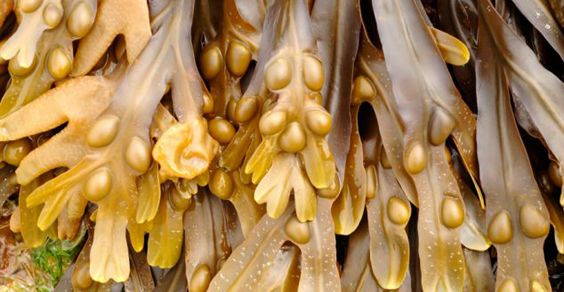
CONTRAINDICATIONS
They hardly exist contraindications or side effects of agar agar, with the exception of allergies to algae. They can in rare cases appear anyway gastrointestinal disorders. Since we are dealing with algae, the presence of iodine in them must be taken into consideration.
POSSIBLE INTERACTIONS WITH DRUGS
Since it is a source of water-soluble fiber that stimulates intestinal transit, agar agar may reduce the absorption of some medications and dietary supplements hired at the same time. These include statins, anticancer drugs, antioxidants and laxatives. Talk to your doctor.
ALTERNATIVE USES OF AGAR AGAR
Agar agar can also be used outside the kitchen. By exploiting the gelatifying power of this alga we can for example make do-it-yourself room fragrances simply using glass jars, water, agar agar and essential oils.
Read also: GEL PERFUMERS FOR THE DO-IT-YOURSELF HOME
Have you ever used agar agar, how are you?




